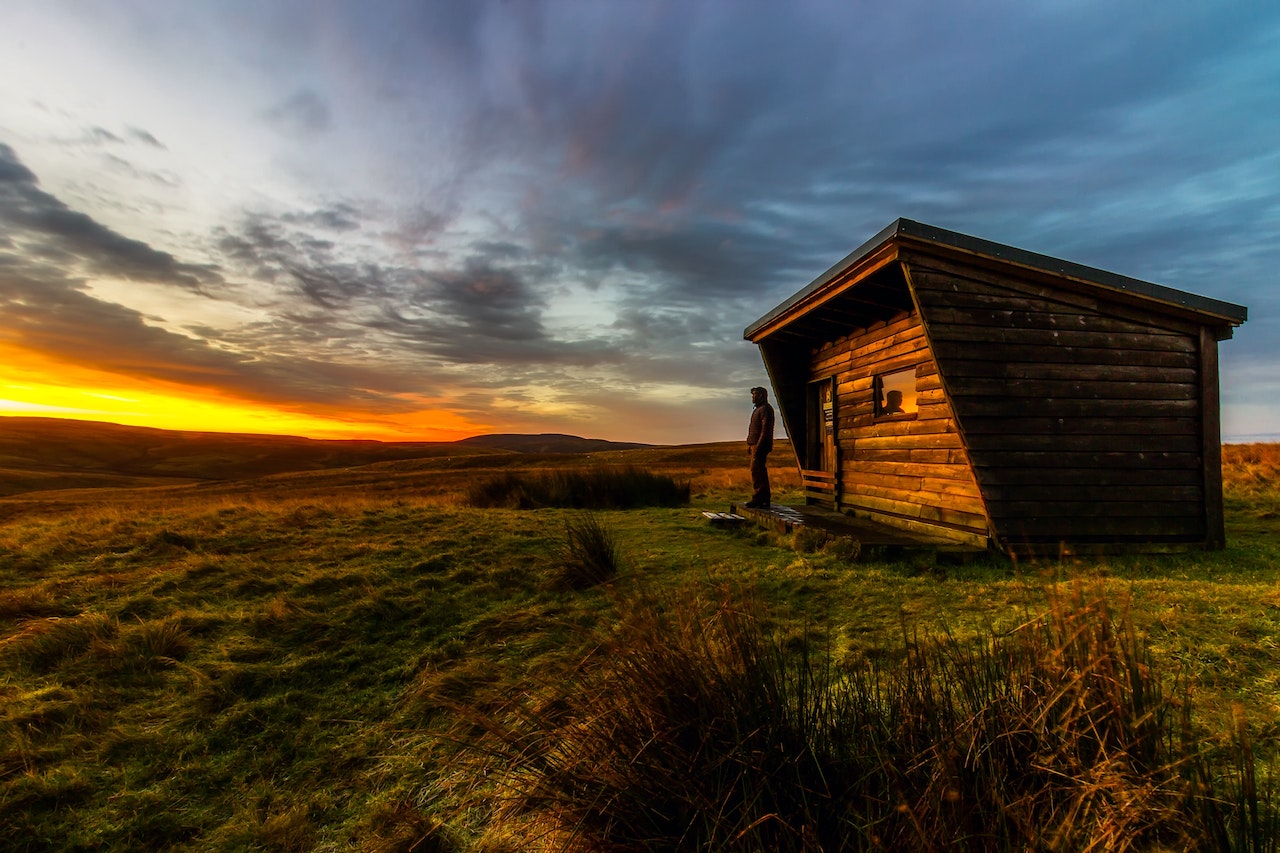
Have you ever dreamed of owning a tiny house? A compact, cozy space that’s perfectly suited to your needs and lifestyle? If so, you’re not alone. The tiny house movement has been gaining traction in recent years, as more and more people look for ways to simplify their lives and reduce their environmental impact. But building and owning a tiny house can be a daunting prospect, especially if you’re new to the world of construction and design. That’s where we come in. In this article, we’ll share expert tips and insights on everything from the initial concept and planning stages to the actual construction and maintenance of your tiny home. Whether you’re a DIY enthusiast or looking to hire a professional builder, this guide will provide you with the knowledge and inspiration you need to turn your tiny house dreams into a reality. So grab a cup of coffee and let’s get started!
Finding Inspiration for Your Tiny House
The first step in building your dream tiny house is finding inspiration. This can come from a variety of sources, including online blogs and forums, tiny house shows and events, and even from your personal experiences and preferences.
One of the best places to start is by researching different types of tiny houses and the lifestyles they accommodate. For example, do you prefer a rustic, cabin-style tiny house or a modern, minimalist design? Do you need space for a home office, or are you more interested in a cozy sleeping loft? Start with a simple online search for the phrase “how to build a tiny house” and get started with this journey!
Another important consideration is the location where you’ll be building and living in your tiny house. Climate, zoning codes, and other factors may impact your design choices and building materials. By doing your homework and gathering inspiration early on, you’ll be better equipped to create a design that meets your needs and fits your location.
Understanding Building Codes and Regulations
Once you have a basic idea of the design and layout you want for your tiny house, it’s important to understand the building codes and regulations that apply to your location. These codes will dictate everything from the size and height of your tiny house to the type of foundation and insulation you’ll need.
Depending on where you live, you may need to apply for building permits and undergo inspections to ensure your tiny house meets all safety and zoning requirements. It’s important to work with a builder or contractor who is familiar with these codes and can help guide you through the process.
In addition to building codes, you’ll also need to consider other legal and financial considerations, such as property taxes and insurance. By doing your due diligence early on, you can avoid costly surprises and ensure a smooth building process.
Choosing a Design and Building Materials
With the legal and regulatory requirements out of the way, it’s time to start making some design choices. One of the most important decisions you’ll make is the type of building materials you’ll use for your tiny house.
While many tiny homes are built using traditional wood framing, there are a variety of other options available, including steel framing, SIPs (structural insulated panels), and even shipping containers. Each material has its advantages and disadvantages, so it’s important to do your research and choose the one that best fits your needs and budget.
In addition to the building materials, you’ll also need to consider the overall design of your tiny house. This includes everything from the exterior style and color to the interior finishes and fixtures. When choosing your design elements, it’s important to keep in mind the size and scale of your tiny house, as well as your personal preferences and lifestyle.
Planning Your Layout and Floor Plan
With your design and building materials chosen, it’s time to start planning the layout and floor plan of your tiny house. This is where you’ll make important decisions about the placement of your windows and doors, the location of your utilities, and the overall flow and functionality of your space.
One important consideration when planning your tiny house layout is the use of multi-functional spaces. With limited square footage, it’s important to make every inch count. This may mean incorporating a pull-out bed or a fold-down table or using a loft space for storage or a home office.
Another important consideration is the use of natural light and ventilation. With a compact space, it’s important to maximize the use of windows and skylights to help create a sense of openness and connection to the outdoors.
Building Your Tiny House
With your plans in hand, it’s time to start building your tiny house. Depending on your level of DIY experience and the complexity of your design, you may choose to build your tiny house yourself or hire a professional builder.
If you’re building your tiny house yourself, it’s important to have a solid understanding of basic construction techniques and safety practices. This may require taking a class, working with a mentor, or consulting with a professional builder or architect.
If you’re working with a professional builder, it’s important to choose someone who has experience building tiny houses specifically. This will ensure that they understand the unique challenges and considerations that come with building a tiny home and can provide you with the best possible results.
Electrical and Plumbing Considerations
As you near the completion of your tiny house build, it’s important to start thinking about your electrical and plumbing needs. Depending on your location and the type of lifestyle you plan to lead, you may need to install a water tank, septic system, or solar panels.
When planning your electrical and plumbing systems, it’s important to work with a professional who has experience designing and installing these systems in tiny houses. This will ensure that your systems are safe, efficient, and built to code.
Choosing Appliances and Home Furnishings for Your Tiny House
With your build complete, it’s time to start thinking about the appliances and home furnishings that will make your tiny house a home. When choosing appliances, it’s important to look for compact, energy-efficient options that can meet your needs without taking up too much space.
When selecting home furnishings, it’s important to choose items that are both functional and aesthetically pleasing. This may mean opting for multi-functional pieces, such as a sofa bed or a storage ottoman, or choosing furniture that is specifically designed for small spaces.
Bottom Line
Building and owning a tiny house is a big undertaking, but it can also be incredibly rewarding. By following these expert tips and insights, you’ll be well on your way to creating a cozy, comfortable space that’s perfectly suited to your needs and lifestyle.


